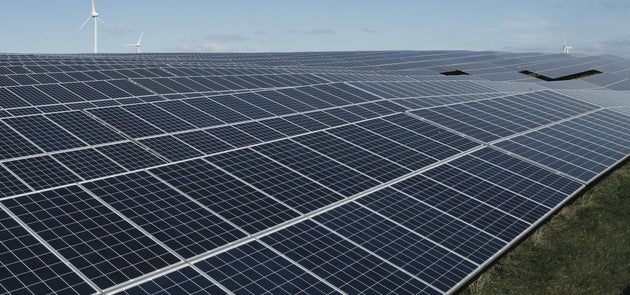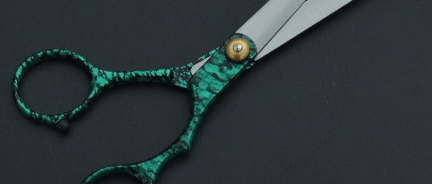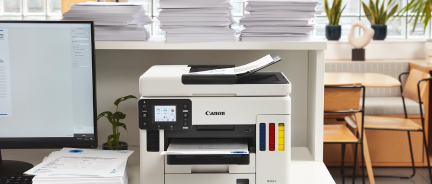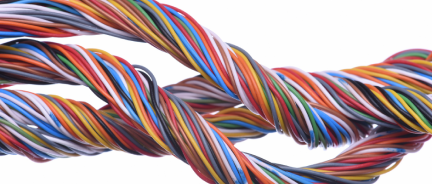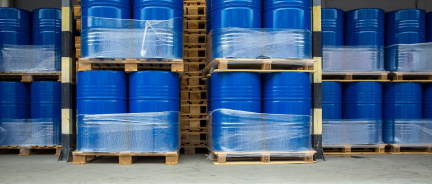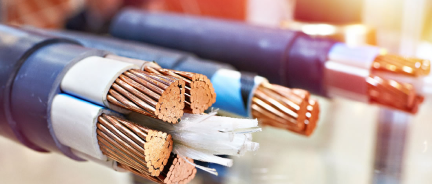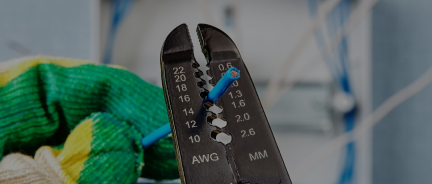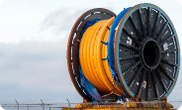What Size Wire for a 2000W Inverter?
What Size Wire for a 2000W Inverter?
To wire a 2000W inverter, you must consider system voltage, current draw, and distance from the battery. Below are key points to understand before checking the wire size chart:
At 12V, a 2000W inverter draws about 167 amps, requiring very thick wire:
-
Use 2/0 AWG for runs up to 3 feet
-
Use 4/0 AWG for runs up to 10 feet
At 24V, the current is halved to 84 amps:
-
Use 4 AWG to 1/0 AWG, depending on distance
At 48V, the current drops to 42 amps, so:
-
Use 8 AWG to 4 AWG for most short runs
The table below lists recommended copper wire sizes (75°C rated) for various voltages and one-way wire lengths, with voltage drop kept under 3%.
What Will a 2000-Watt Inverter Run?
A 2000W inverter can handle most common household and off-grid appliances, as long as their combined running wattage stays under 2000W, and their surge doesn’t exceed the inverter’s surge rating (typically 3000–4000W).
Here is what it can actually run:
-
Refrigerator: 150–600W (up to 1200W surge)
-
Microwave: 700–1000W
-
Coffee maker: 800–1500W
-
Toaster: 800–1500W
-
TV: 100W
-
Laptop: 100W
-
LED lights: 10W per bulb
-
Fan: 100–500W
-
Space heater: 1000–1500W
-
Power tools (drill, saw): 600–1200W
-
CPAP machine: 30–60W
-
Blender: 300–700W
-
Small washing machine: 500–1000W
-
Electric cooktop (1 burner): 1000–1500W
Now, let's look at example combinations:
Off-Grid Morning Routine (~1740W total)
-
Coffee maker: 1000W
-
Toaster: 700W
-
Phone charger: 10W
-
LED light (1 bulb): 10W
Home Office + Essentials (~860W total)
-
Refrigerator (running): 150W
-
Laptop: 100W
-
TV: 100W
-
CPAP machine: 60W
-
Fan: 150W
-
5 LED bulbs: 50W
-
Phone charger: 10W
Cable Types and Setup for a 2000W Inverter
A 2000W inverter converts DC power from a battery into AC power for appliances. To safely wire a 2000W inverter, you need the correct cable types for:
-
Battery to Inverter (DC side)
-
Inverter to Loads (AC side)
-
Solar Panel Setup (if used)
Battery to Inverter (DC Side)
This connection handles high-current DC power from the battery bank to the inverter input. Cable selection depends on current draw (up to ~167A at 12V), flexibility, temperature resistance, and routing constraints.
Recommended cable types:
-
Welding Cable
-
Extremely flexible and easy to work with in tight battery compartments
-
EPDM rubber insulation resists heat, oil, abrasion, and moisture
-
Ideal for short to mid-length runs in off-grid, RV, and solar setups where routing flexibility is critical
-
Marine Battery Cable
-
Tinned copper for long-term corrosion resistance in moist or mobile environments
-
Heavy-duty PVC insulation
-
Suitable for boats, vans, and cabins with moderate exposure to weather or vibration
-
SGT Battery Cable
-
Commonly used in automotive systems
-
Flexible PVC insulation
-
Good for short, enclosed, and protected runs in RVs, trailers, and vans where minimal flexing is required
Always install a fuse or breaker as close to the battery terminal as possible to protect the wiring in case of a short circuit (e.g., a 200A fuse for a 12V 2000W inverter system).
Inverter to Loads (AC Side)
This is standard 120V or 240V AC wiring. Choose the cable based on the environment, installation type, and whether the run needs to be flexible, buried, or protected in conduit.
Recommended cable types:
-
THHN (Stranded)
-
Used inside conduit for fixed indoor wiring
-
Stranded version is preferred for inverter setups because it is more flexible and easier to route in tight conduit runs compared to solid wire
-
Heat- and oil-resistant (90°C rating)
-
NEC-compliant for permanent installations in garages, sheds, utility rooms, and other dry indoor spaces
-
Relatively cheap
-
NM-B (Romex) – Indoor only
-
Used in dry, protected areas like cabin walls and ceilings
-
Not rated for wet or outdoor use
-
Easy to install for fixed indoor circuits without conduit
-
UF-B Cable – Outdoor or underground
-
Direct burial rated and resistant to sunlight and moisture
-
Used for wiring outdoor outlets, detached buildings, or buried feeder runs
-
SOOW Cable – Flexible and tough
-
Rubber-jacketed and highly durable
-
Resistant to oil, moisture, abrasion, and sunlight
-
Ideal for portable, temporary, or mobile AC loads such as jobsite tools, RV appliances, or cabin setups with frequent repositioning
Solar Wiring Setup (If Using Panels)
If your inverter is part of a solar system, you’ll also need separate DC wiring for solar input:
Solar Panels to Charge Controller
Use outdoor-rated, DC-specific cable between your solar panels and charge controller:
-
PV Wire
-
UV-, heat-, and moisture-resistant
-
NEC-compliant for ungrounded or grounded systems
-
Suitable for long outdoor runs
Charge Controller to Battery
Use the same type of cable as from the battery to the inverter:
-
Welding Cable, Marine Battery Cable, or SGT Cable
-
Gauge depends on current draw and run length (e.g., 4 AWG or thicker)




















